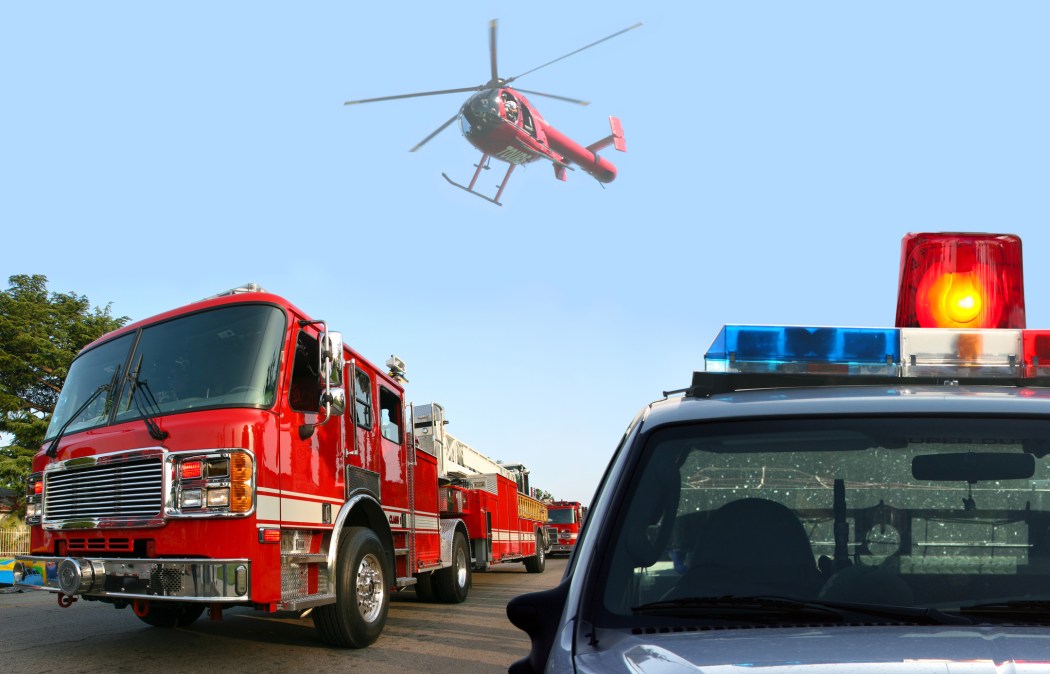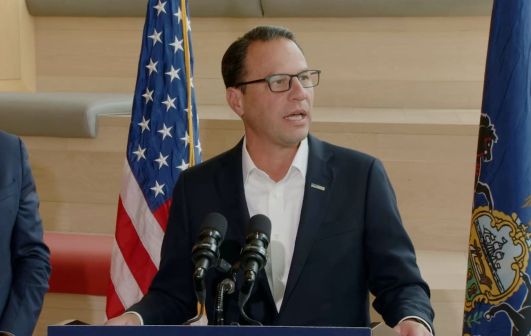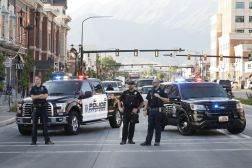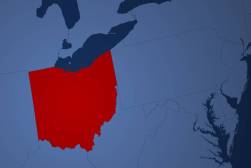Fairfax County, Virginia, is ready for next-generation 911

The Virginia Information Technologies Agency announced Monday that Fairfax County has completed the first deployment of next-generation 911 in the commonwealth.
A new digital system, completed earlier this month, will eventually allow the more than 1 million residents of Fairfax County, which sits just outside Washington, D.C., to share multimedia like photos and videos with 911 call centers, as well as have their precise location data more easily shared when their calls are routed between call centers. Officials said the new technology could also shave as much as 20 seconds off the time it takes to pin a caller’s location, an efficiency that could translate into lives saved during emergencies.
It’s expected to be several years before the regulatory framework and telecommunications standards are in place allowing 911 callers to avail themselves of this new functionality, but Steve McMurrer, a 911 system administrator the county, said this announcement means Fairfax will be ready when next-generation 911 technology truly arrives. The new system will allow people to share videos, photos and other information that can accelerate response times and warn first responders of potential hazards before arriving to the scene of an incident, he said.
“We now have a set of inbound pipes that are big enough to accept that information,” McMurrer said. “You couldn’t send pictures to the traditional telephony network because it was just a voice network. A caller today could not dial 911 and send us a picture. They’d have to do it through an over-the-top message.”
“Over-the-top” networks, like Smart911 and RapidSOS, are subscription-based applications that some call centers run on traditional desktop computers in parallel to their traditional, analog 911 systems. These services, which predate next-generation 911, allow members of the public to create free profiles to share information about their homes, medical conditions or other special needs that could be relevant to emergency responders. Other apps for mobile devices allow callers to text and send photos to operators, but require prior installation to be useful. Though these types of services are potentially valuable for callers of certain demographics, like people with disabilities, McMurrer said the subscription rate is low among the general public and they’re not optimal solutions.
The ability to share richer information and seamlessly transfer call data, McMurrer said, will prove especially useful in light of the workforce struggles faced by many public safety answering points. Being a 911 call-taker is stressful shift-work that requires considerable training, he said, and turnover rates are high. Next-generation 911 will allow counties with excess operator capacity to field calls for neighboring jurisdictions that are understaffed.
The outdated systems in use by many call centers today often have “ridgid” mapping capabilities, which means that an operator fielding a call transferred from a county 50 miles away might not have the information on hand needed to send first responders to the correct location, McMurrer said.
“But when next-generation 911 gets there, that data will be available to wherever the call is answered,” he said.
Fairfax, Virginia’s most populous, was the first step in a $58 million statewide project.
“We have 123 additional deployments left to go,” said Dorothy Spears-Dean, Virginia’s interim ISP director. “We have been working on this for a number of years, and now that we’re actually at the execution level, it was truly a learning opportunity for us as a state.”
Upon launching its next-generation 911 project in 2018, funded by phone surcharges, the commonwealth set a deadline to outfit all call centers by June 30, 2023. Spears-Dean said the Fairfax County project taught state officials lessons about procurement and collaboration between state and local government that will prove useful over the next three years.
“Fairfax was on the bleeding edge and a lot of the issues they faced we’ve been able to learn from to make the sure the other 123 deployments go smoothly,” she said. “Everybody else will be smaller. Not necessarily easier, but certainly less complex than the Fairfax deployment.”






